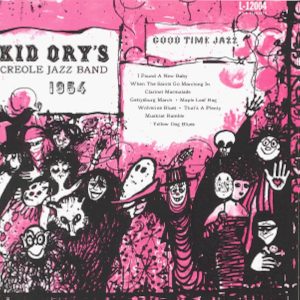
100 of The Hottest Classic Jazz Albums of 1945-2025, Part 2: 1954-1959
What are the most exciting and essential classic jazz recordings that have taken place since the end of World War II? I accepted the challenge

What are the most exciting and essential classic jazz recordings that have taken place since the end of World War II? I accepted the challenge
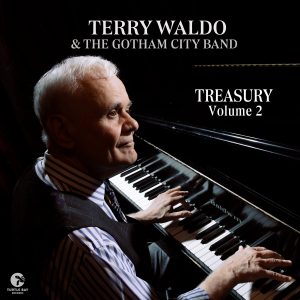
Terry Waldo, a major classic jazz pianist and bandleader since the 1970s (remember his series of highly enjoyable Stomp Off albums of 1979-89?) is now
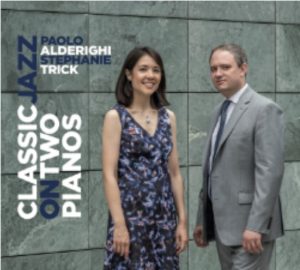
Husband and wife pianists Paolo Alderighi and Stephanie Trick, have often toured and performed while sharing a single piano. While their four-handed concerts are quite
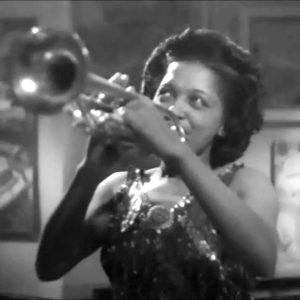
There was a time not too long ago when it was roundly believed that women did not have the physical capabilities to play most horn
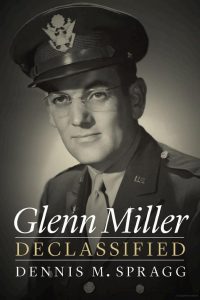
On Dec. 15, 1944, Major Glenn Miller was on a plane traveling from England to France that disappeared over the English Channel. Piloted by John

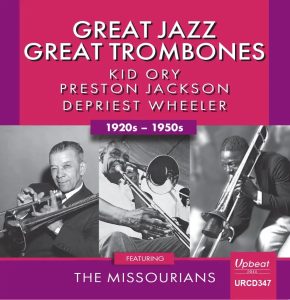
The late record producer and trombonist Big Bill Bissonnette not only recorded then-current New Orleans jazz bands for his Jazz Crusade label but occasionally compiled
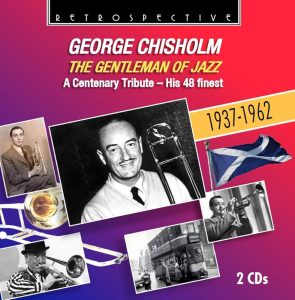
JAZZ CLASSIC OF THE MONTH George Chisholm (1915-97), who was born in Glasgow, Scotland and by 1936 was based in London, was a major trombonist.
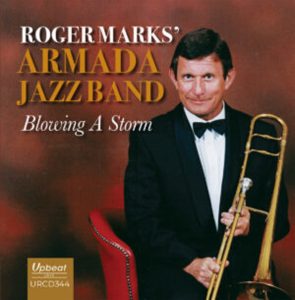
An excellent trombonist who was born in Wales, Roger Marks took up his horn when he was 14. In his career he worked extensively with
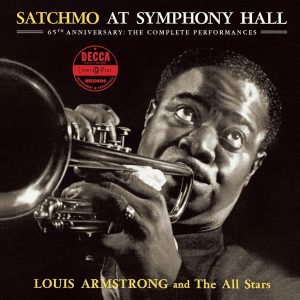
A dedicated Syncopated Times reader (who chooses to remain anonymous) came up with a particularly intriguing idea for an article. While the historic jazz recordings
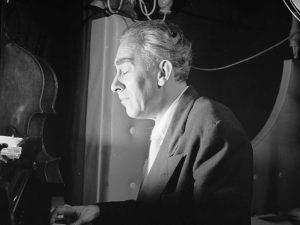
Art Hodes was never the type of musician who complained about not getting enough gigs; he always did something about it. He was a fighter
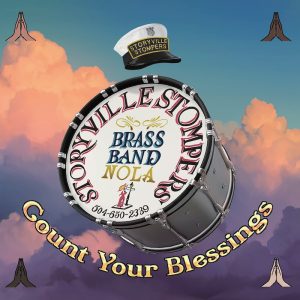
During a period when most New Orleans brass bands have followed the lead of the Dirty Dozen Brass Band and emphasize r&b and funk, the
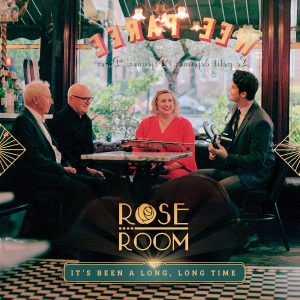
Considered Scotland’s top Gypsy Jazz group, Rose Room has been together for 15 years. Led by violinist and singer Seonaid Aitken, the current version of
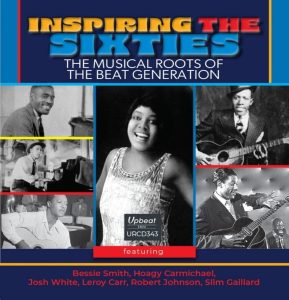
Upbeat has compiled a rather unusual release. The premise is that the 26 vintage recordings included on their Inspiring The Sixties CD (subtitled “The Musical
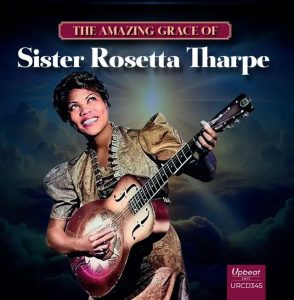
Sister Rosetta Tharpe (1915-73) was a unique and influential performer. Her mother was very active in the church and encouraged her daughter to develop into
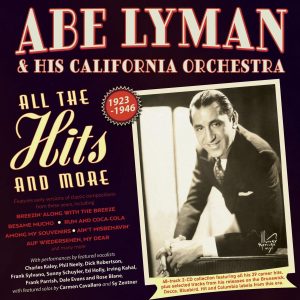
Although he was born in Chicago, Abe Lyman (1897-1957) spent much of his professional life working in the Los Angeles area. A solid drummer, he
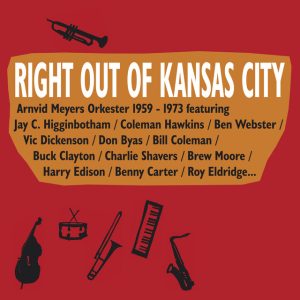
JAZZ CLASSIC OF THE MONTH Arnvid Meyer (1927-2007) was a trumpeter from Copenhagen, Denmark, who led a swing-oriented sextet during his prime years. He made

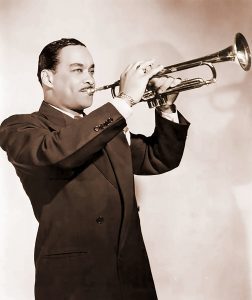
Buck Clayton is most famous today for his association with Count Basie but that is only a small part of his musical legacy, a seven-year
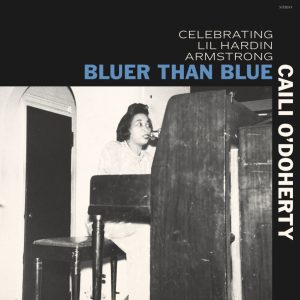
Lil Hardin Armstrong (1898-1971) deserves better from jazz history. While she remains famous for being Louis Armstrong’s second wife, and the pianist with King Oliver’s
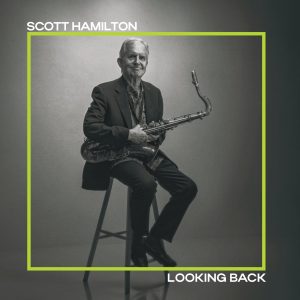
Ever since he burst upon the major league jazz scene in the mid-1970s, tenor-saxophonist Scott Hamilton has been one of the most consistent of all
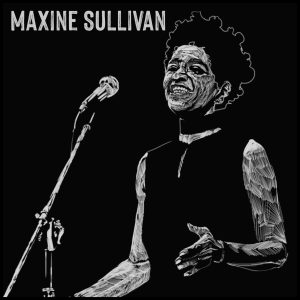
Maxine Sullivan was born as Marietta Lillian Williams in Homestead, Pennsylvania, on May 13, 1911. As a teenager she sang on the radio in Pittsburgh
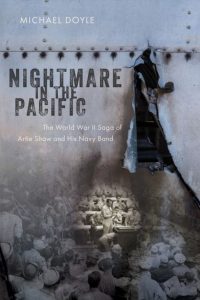
Of all of the major jazz orchestra leaders of the 1930s and ’40s, Artie Shaw undoubtedly led the most big bands, six during 1936-49. His
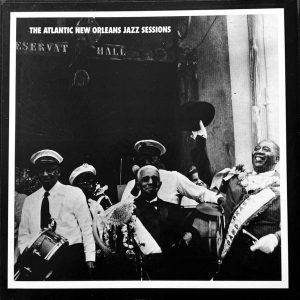
JAZZ CLASSIC OF THE MONTH While New Orleans traditional jazz has had several major revivals from the mid-1930s on, the opening of Preservation Hall in